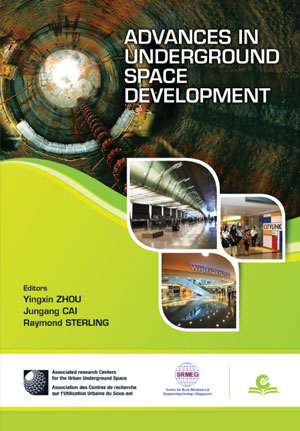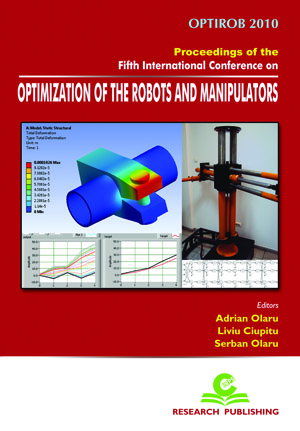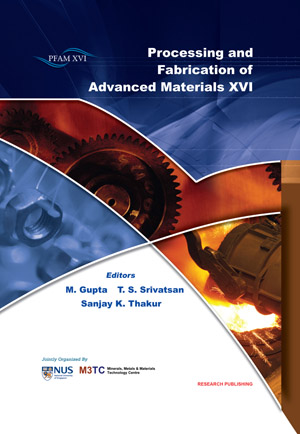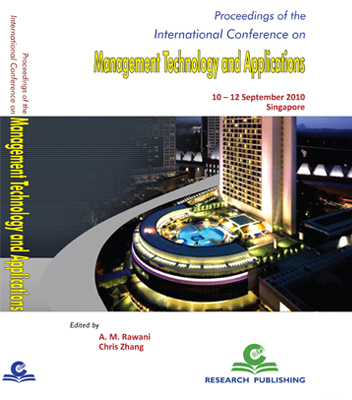Description
Worldwide, the use of underground space has been increasingly recognized as part of the solution to creating sustainable urban development, and in many countries has been elevated to a strategic level for long-term economic development. Underground space offers many possibilities for simultaneously improving urban infrastructure and urban livability. At the same time, the creation of underground space faces many special challenges – both from a human design perspective and In terms of technical and cost challenges. Equally important is the need to move from the creation of underground facilities as a haphazard, first – come first served network of structures to a well-planned use of underground space that can serve the needs of urban areas for future generations as well as our own.
This book contains over 160 peer-review papers and cover a very diverse and wide-ranging spectrum of topics dealing with underground space use and development. They are grouped according to the following topic areas: planning and design, architecture, fire and life safety, underground Infrastructure and applications, sustainability and resilience, geo-engineering and rock mechanics, tunneling and excavation, and underground engineering. It will serve as a useful reference for planners, engineers, researchers, and policy makers involved in the planning, creation, and use of underground space.
Readership: Researchers, engineers and practitioners with interest in Underground Space Development.






Reviews
There are no reviews yet.